This review is a long time coming since I actually bought this lens back in June 2018, which means I have owned the Panasonic Lumix G Leica DG Summilux 12mm f1.4 ASPH lens for nearly a full year. In that time, the Panasonic 12mm f/1.4 has become my default lens for video and a frequently used lens for general purpose photography.
On the Micro Four Thirds (MFT) system, 12mm is equivalent to 24mm on the 35mm full frame sensor platform, which is relatively wide-angle. I owned the Olympus M.Zuiko Digital 17mm f/1.8 lens for a long time and being 34mm effective, it is one of the more common street photography focal lengths (35mm on 35mm). What I found is that the 34mm effective focal range wasn’t what I wanted most of the time. Whenever I had it on, I was trying to get more wide or trying to get more narrow/close.
I still own the Olympus M.Zuiko Digital ED 12-40mm f2.8 PRO which is a fantastic lens, but I have been finding myself preferring fast prime lenses.
So I looked into what was out there and settled on the Panasonic Lumix G Leica DG Summilux 12mm f1.4 ASPH. At f/1.4 maximum aperture, the Panasonic 12mm will be as wide as you can get (24mm effective) without getting beyond the tipping point of distortion (fisheye). Not to mention the f/1.4 will allow for plenty light gathering capabilities.
The larger f/1.4 (and f/1.2) aperture primes on the MFT platform are chunkier than their slower counterparts and the Panasonic 12mm f/1.4 is no exception. It has a beefier metal construction construction and a more durable feel to it. The Panasonic 12mm f/1.4 is weather-sealed to protect from dust entering the lens.
Panasonic lenses come with manual aperture adjustment rings on the barrel of the lens, but this is not compatible/functional with Olympus bodies. Even then, this pairs nicely with my Olympus OM-D E-M1 Mark II in terms of a weather-sealed unit.
The Panasonic Lumix G Leica DG Summilux 12mm f1.4 ASPH lens includes a lens hood along with a lens bag (which I don’t use like with all my other ‘pro’ lens that come with a pouch).
Aside from the large f/1.4 aperture and the weather-sealing, the Panasonic 12mm f/1.4 boasts two aspherical lens elements, two ultra extra-low (UEL) dispersion lens elements, and one extra-low dispersion lens element out of its fifteen (15) total lens elements.
All this sounds great, but how is the lens in actual use?
Give that I have been in possession of this lens for nearly a year, I actually put it to use as a workhorse lens in video and all-purpose photography.
I have been vlogging my shooting range sessions for over three years now and have several dozen vlog episodes. From the beginning, I used Olympus 12-40mm f/2.8, but much of the time I was zoomed all the way out to 12mm. Also, I found myself shooting in lower light conditions due to most of my shooting being done in the early morning at dawn while under overhead shade.
The Panasonic 12mm slowly worked its way into my vlogging routine as my main lens and it has worked out great. Continuous focus with Panasonic 12mm works great as long as I have the correct focus point set, which can be difficult at times being a one-person show (cast and crew).
The resulting video is very sharp and fluid.
As far as photography, I don’t think I have fully taken advantage of the capabilities of the Panasonic Lumix G Leica DG Summilux 12mm f1.4 ASPH, but I certainly have used it for a lot of general photography.
At SHOT Show 2019 (largest firearms industry trade show) earlier this year, I basically used the Panasonic 12mm f/1.4 for the majority of the photos. The lens is great for getting product and booth photos inside a convention center with little room (can’t step back many times) and in low lighting conditions.
Environmental shots are great with the 24mm effective focal length of the Panasonic 12mm f/1.4.
The Panasonic 12mm f/1.4 is also great for static aircraft photography.
I have not found much to complain about in the photos coming out of the camera with this lens. I found chromatic aberration wide open at f/1.4 is manageable if it does creep into the photo. But many other people have complained that CA with this lens at f/1.4 has been a problem for them in some situations.
Barrel / corner distortion is also not a problem to deal with in post. Others complain about corner sharpness at f/1.4, but I have not personally noticed this. Due to the thinner depth of field and the curvature of the lens, I expect the corners to be out of focus with a center focus point shot to some degree.
For CA and corner sharpness, stopping down will of course counter this problem.
Lens focusing is quite fast and it doesn’t hunt.
In summary, the Panasonic Lumix G Leica DG Summilux 12mm f1.4 ASPH is a fantastic wide-angle prime lens. For street, landscape, environmental, and show / exhibition hall photography, the 12mm (24mm effective) is an excellent focal length to be wide yet not ultra-wide introducing too much distortion.
Combined with the large f/1.4 aperture of excellent low light performance, this makes a great all-purpose lens than you can feel comfortable using in various weather conditions thanks to the weather-sealed qualities.
Some may prefer the 35mm effective options like the Olympus M.Zuiko Digital 17mm f1.8 or even the Olympus M.Zuiko Digital ED 17mm f1.2 PRO. The decision between 12mm and 17mm on MFT is definitely a question of style and/or situation. For me, I have found the Panasonic 12mm f/1.4 to be more fitting to my use cases than the Olympus 17mm f/1.8 (or f/1.2).
The MSRP for the Panasonic Lumix G Leica DG Summilux 12mm f1.4 ASPH is $1200 USD, but the prices at retailers have been at $1000 since I purchased it back in June of 2018. If this is too expensive for you and you want 12mm (24mm effective), there is the Olympus M.Zuiko Digital ED 12mm f2.0 which comes in at about 60% the cost of the Panasonic 12mm f/1.4, but is still highly regarded. Granted, it is ‘only’ f/2.0 vs f/1.4.
If you decide to splurge on the Panasonic Lumix G Leica DG Summilux 12mm f1.4 ASPH I feel you will be pleased with the lens.

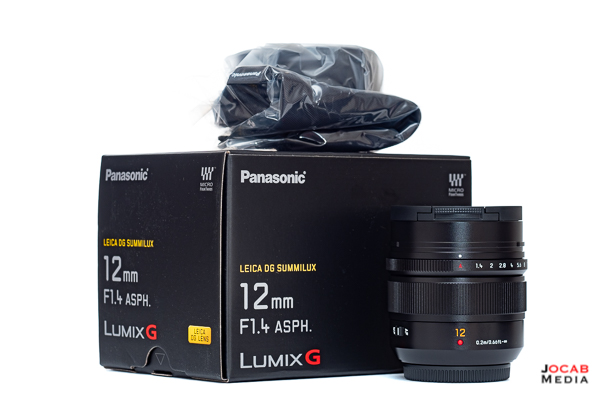
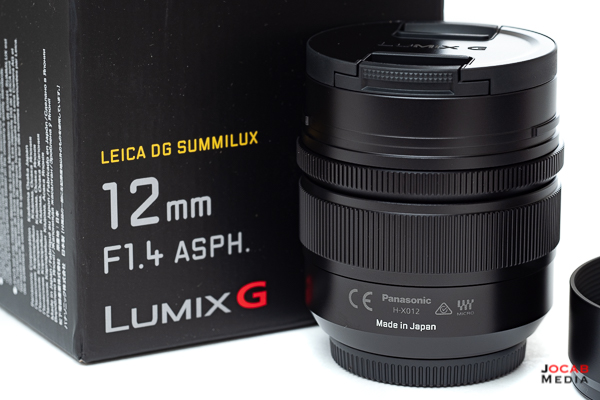
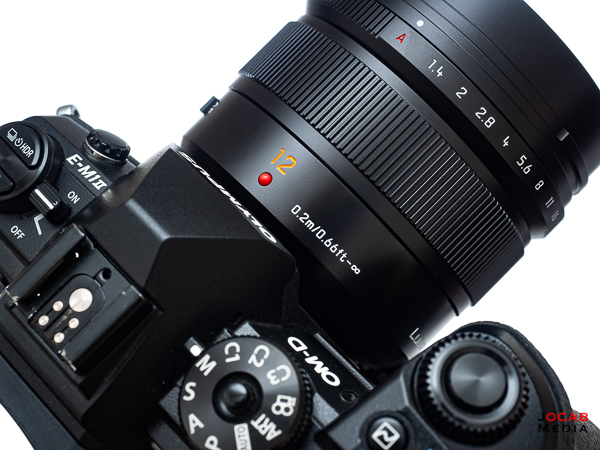
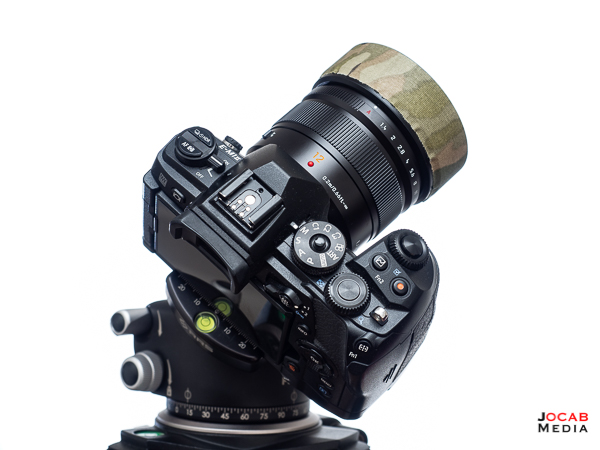
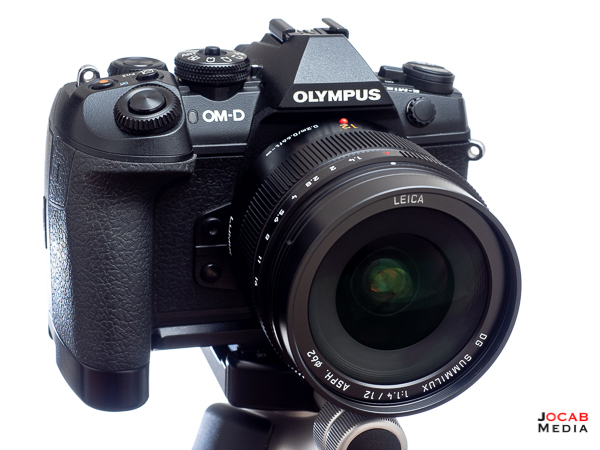
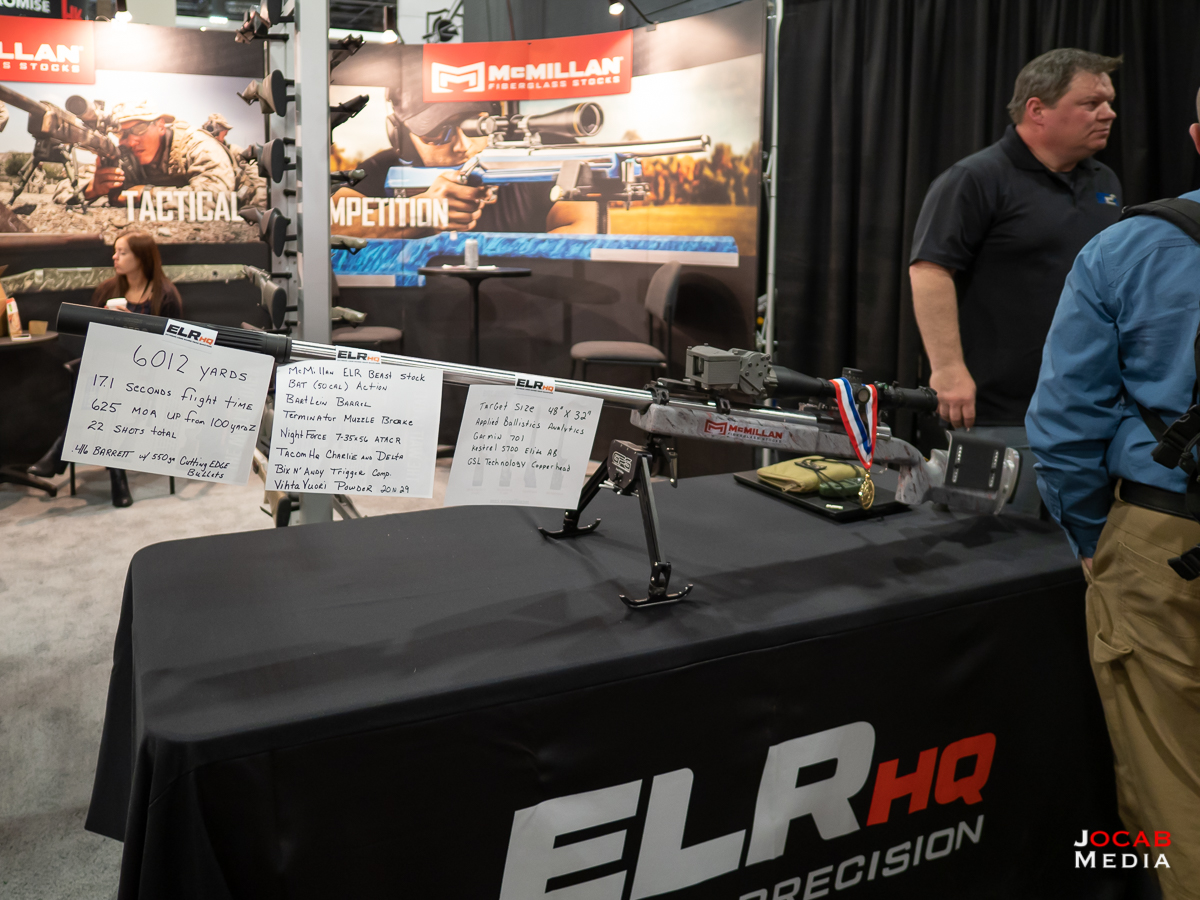
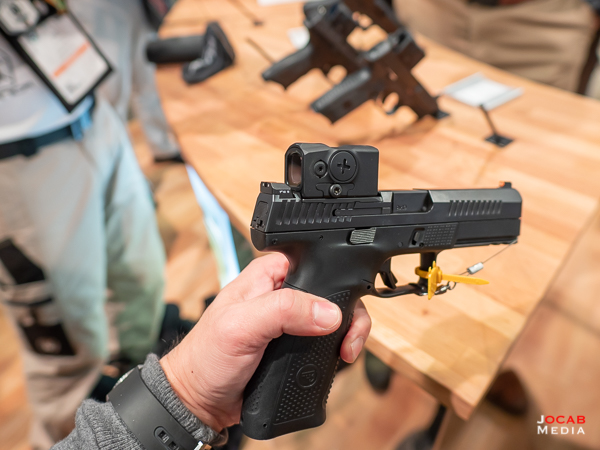

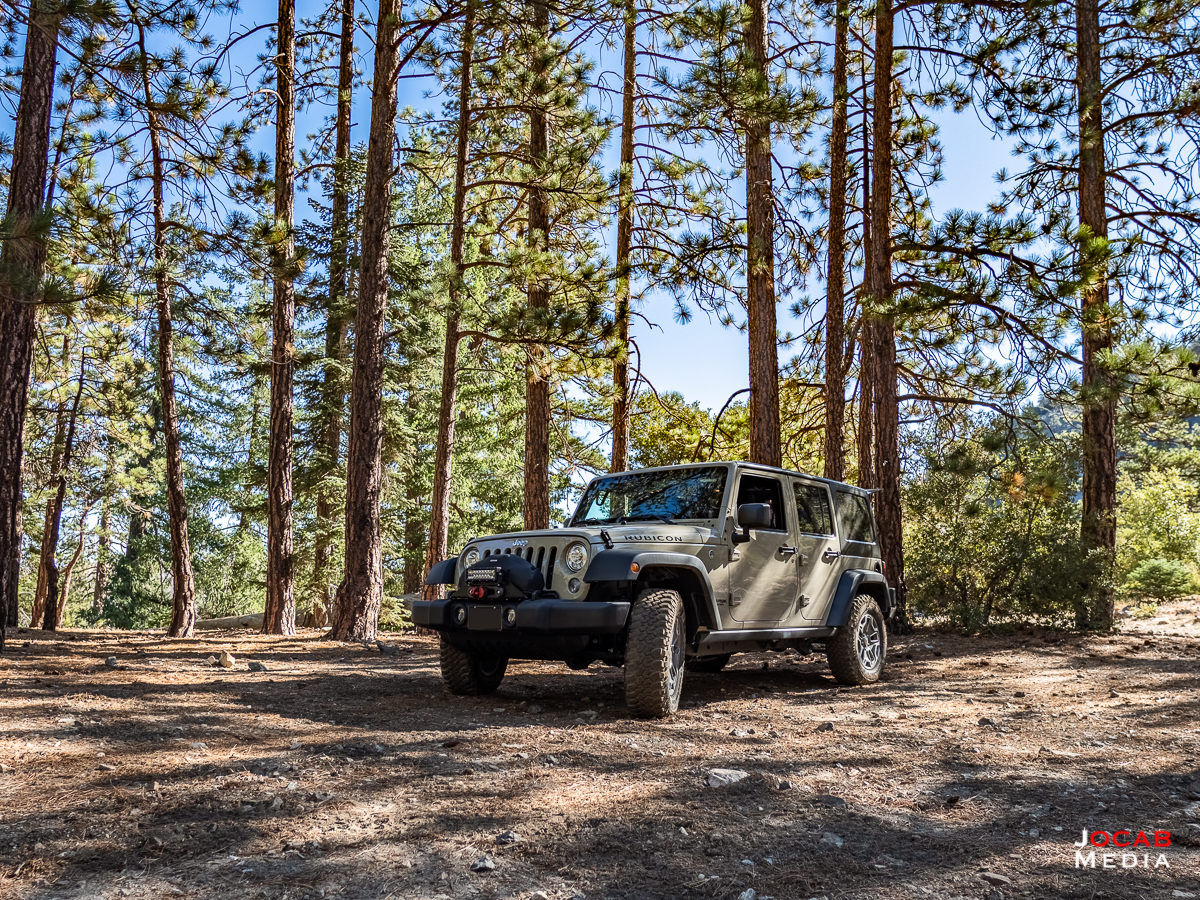
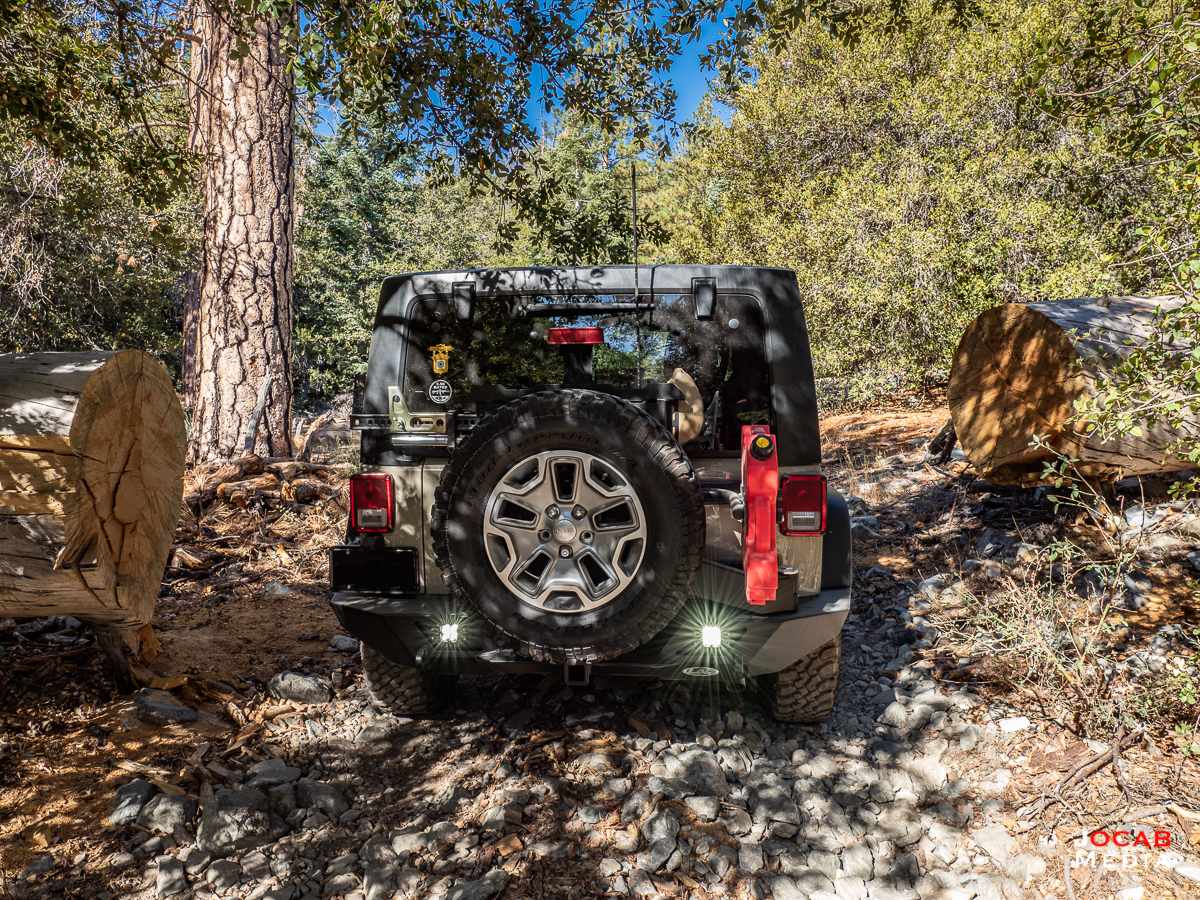
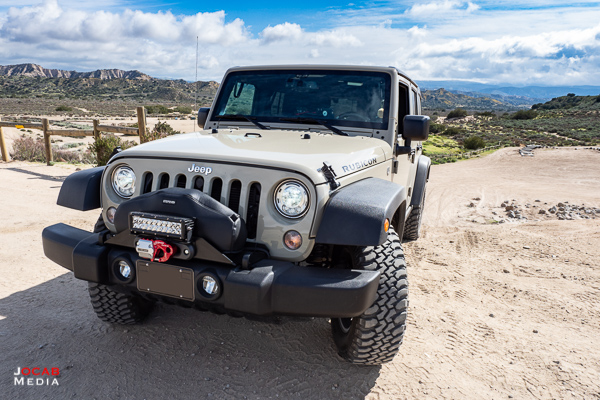
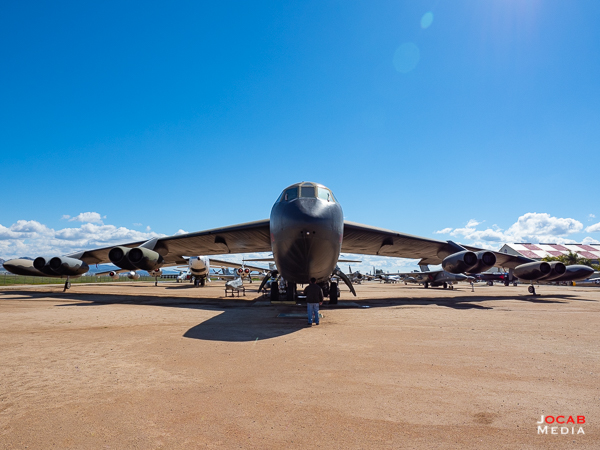
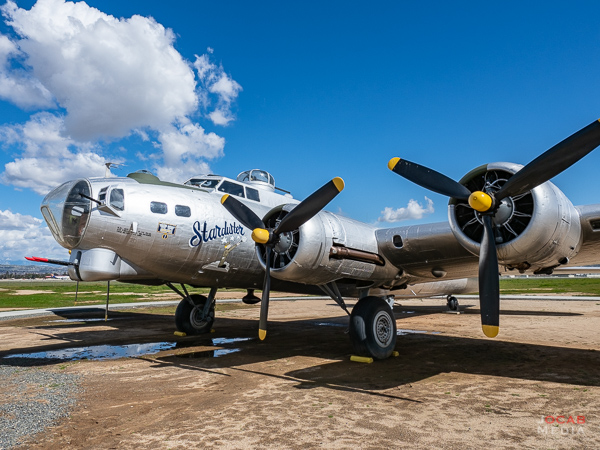
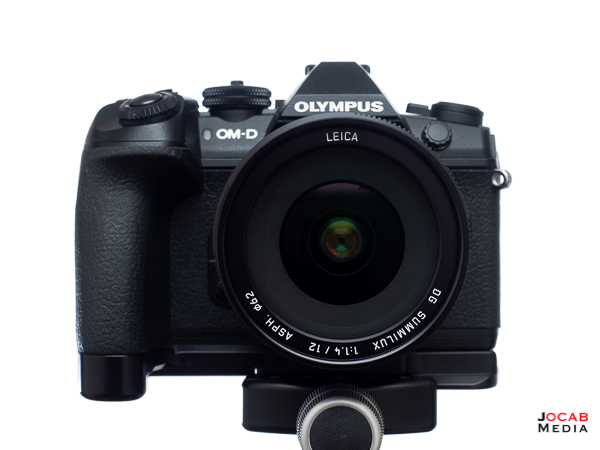
Comment on this post